Home>Gardening & Outdoor>Landscaping Ideas>Why Does Rainwater Make Grass Grow Faster


Landscaping Ideas
Why Does Rainwater Make Grass Grow Faster
Published: January 29, 2024
Discover how rainwater can enhance the growth of your grass and get valuable landscaping ideas to make your lawn thrive. Explore the benefits of rain for landscaping.
(Many of the links in this article redirect to a specific reviewed product. Your purchase of these products through affiliate links helps to generate commission for Storables.com, at no extra cost. Learn more)
**
The Impact of Rainwater on Grass Growth
**
Rainwater is a vital component for the growth and sustenance of all plant life, including the lush green grass that adorns lawns and landscapes. The relationship between rainwater and grass growth is a fascinating and essential aspect of landscaping and environmental science. Understanding the role of rainwater in nurturing and accelerating grass growth can provide valuable insights for homeowners, gardeners, and landscaping enthusiasts.
In this article, we will delve into the profound influence of rainwater on the growth of grass, exploring the scientific principles and practical implications that underpin this natural phenomenon. From the molecular level to the visible effects on lawns and meadows, the journey of rainwater as a catalyst for vibrant grass growth is a captivating exploration that unveils the intricate harmony between nature and plant life. Let's embark on this enlightening journey to unravel the mysteries of rainwater and its transformative impact on the verdant tapestry of grass.
**
Key Takeaways:
- Rainwater is essential for grass growth, delivering nutrients, promoting root development, and aiding photosynthesis. It acts as a natural fertilizer, ensuring lush, vibrant lawns and landscapes.
- The scientific marvel of rainwater’s impact on grass growth lies in its role as a carrier of nutrients, sustainer of soil moisture, and catalyst for root resilience. This symbiotic relationship nurtures the verdant splendor of grass.
Read more: How To Make Zoysia Grass Grow Faster
The Role of Rainwater in Plant Growth
**
Rainwater is a fundamental source of nourishment for plants, playing a pivotal role in their growth and development. When rain falls, it delivers a natural blend of essential nutrients and minerals that are absorbed by the soil, subsequently benefiting the plants rooted within. The significance of rainwater in plant growth extends beyond mere hydration, as it facilitates the uptake of vital nutrients and promotes robust root systems.
One of the primary functions of rainwater in plant growth is its role as a carrier of nutrients. As rainwater percolates through the soil, it dissolves and transports various minerals and nutrients, such as nitrogen, potassium, and phosphorus, which are indispensable for the metabolic processes of plants. These nutrients are then absorbed by the roots, fueling the plants’ physiological functions and contributing to their overall health and vigor.
Furthermore, rainwater aids in the aeration of the soil, promoting optimal conditions for root respiration. The gentle yet persistent action of rain helps to alleviate soil compaction, allowing air to permeate the earth and reach the roots. Adequate aeration is crucial for the vitality of plant roots, as it enables efficient gas exchange and supports the metabolic activities essential for growth.
Beyond its direct impact on soil and nutrient dynamics, rainwater also influences the microbial ecosystem within the soil. The moisture from rain creates a favorable environment for beneficial microorganisms, fostering a healthy soil microbiome that contributes to the decomposition of organic matter and the cycling of nutrients. This intricate web of biological interactions nurtured by rainwater ultimately enhances the fertility and resilience of the soil, bolstering its capacity to sustain thriving plant life.
In essence, rainwater serves as a multifaceted catalyst for plant growth, encompassing hydration, nutrient delivery, soil aeration, and microbiome support. Its holistic influence on the natural environment exemplifies the interconnectedness of ecological processes and underscores the indispensable role of rain in nurturing the botanical tapestry that embellishes our surroundings.
**
The Effect of Rainwater on Grass Growth
**
When rainwater interacts with grass, it initiates a series of transformative effects that are instrumental in fostering robust and vibrant growth. The impact of rainwater on grass growth encompasses various facets, ranging from physiological responses at the cellular level to visible manifestations of lush greenery across landscapes. Understanding these effects sheds light on the dynamic relationship between rainwater and the flourishing expanse of grass in outdoor settings.
One of the immediate effects of rainwater on grass is the replenishment of moisture within the soil. As rain permeates the earth, it saturates the soil profile, ensuring that the roots of grass plants receive ample hydration. This hydration is essential for maintaining turgor pressure within the plant cells, enabling the grass blades to remain upright and vibrant. Moreover, adequate soil moisture facilitates the uptake of nutrients by the grass roots, supporting their metabolic processes and photosynthetic activities.
Furthermore, rainwater serves as a natural source of irrigation for grass, delivering a balanced and nourishing blend of essential nutrients. Unlike synthetic fertilizers, rainwater carries a diverse array of minerals and trace elements that contribute to the overall health and resilience of grass. These nutrients, including nitrogen, potassium, and calcium, play pivotal roles in fortifying the structural integrity of grass blades and promoting vigorous growth.
Another notable effect of rainwater on grass growth is the stimulation of root development. The moisture from rain encourages the expansion and proliferation of grass roots, anchoring them more firmly in the soil and enhancing their capacity to absorb water and nutrients. This robust root system confers increased stability to the grass plants and bolsters their resilience against environmental stressors, such as drought and extreme temperatures.
Moreover, the rhythmic pattern of rain showers followed by periods of sunlight creates an optimal environment for photosynthesis, the biological process through which plants synthesize energy from light. This natural rhythm, facilitated by rainwater, fuels the photosynthetic activity of grass, allowing it to harness solar energy and convert it into chemical energy. As a result, the grass undergoes vigorous growth, manifesting in the form of lush, verdant expanses that adorn lawns and landscapes.
In essence, the effect of rainwater on grass growth is profound and multifaceted, encompassing hydration, nutrient delivery, root stimulation, and photosynthetic enhancement. This symbiotic relationship between rainwater and grass exemplifies the intricate interplay of natural elements in nurturing the verdant splendor of outdoor spaces.
**
Tip: Rainwater contains nitrogen and other nutrients that help fertilize the soil, promoting faster grass growth. It also helps to hydrate the grass, allowing it to photosynthesize and grow more efficiently.
The Science Behind Rainwater and Grass Growth
**
The symbiotic relationship between rainwater and grass growth is intricately woven into the fabric of ecological and botanical principles, reflecting the harmonious interplay of natural elements and biological processes. At the core of this relationship lies a convergence of scientific phenomena that elucidate the profound influence of rainwater on the flourishing vitality of grass in diverse landscapes. By delving into the underlying scientific mechanisms, we can unravel the captivating synergy between rainwater and the exuberant growth of grass.
One of the pivotal scientific aspects underpinning the connection between rainwater and grass growth is the role of water as a universal solvent. Rainwater, albeit seemingly pure, possesses the capacity to dissolve a myriad of substances, including atmospheric gases and particulate matter, as it descends through the atmosphere. Upon contacting the ground, rainwater interacts with the soil, mobilizing and transporting essential nutrients and minerals that are indispensable for the metabolic processes of grass plants.
Moreover, the process of soil moisture retention and capillary action plays a crucial role in facilitating the uptake of water by grass roots. When rainwater infiltrates the soil, it adheres to soil particles and fills the pore spaces, creating a reservoir of moisture that sustains the roots of grass plants. This phenomenon, governed by the principles of soil physics and hydrology, ensures that grass receives a consistent supply of water, fostering optimal growth and physiological functioning.
Furthermore, the interplay between rainwater and the biogeochemical cycles within the soil elucidates the intricate pathways through which essential nutrients are delivered to grass plants. Rainwater acts as a carrier for nutrients, such as nitrates and phosphates, derived from atmospheric sources and organic matter. These nutrients are subsequently made available to grass plants, contributing to their overall nutritional status and metabolic activities.
Additionally, the phenomenon of osmosis, a fundamental biological process, governs the movement of water and nutrients within the cellular structure of grass plants. The influx of water from the soil into the roots, driven by osmotic gradients, sustains turgor pressure within the plant cells, enabling the grass blades to remain erect and vibrant. This hydraulic equilibrium, facilitated by rainwater, is pivotal for the structural integrity and physiological resilience of grass.
By comprehending the scientific intricacies of rainwater and its profound impact on grass growth, we gain a deeper appreciation for the intricate web of natural processes that underlie the verdant splendor of lawns and landscapes. The seamless interplay of hydrological, biogeochemical, and physiological phenomena exemplifies the captivating fusion of science and nature in nurturing the resplendent tapestry of grass.
**
Conclusion
**
The interplay between rainwater and grass growth transcends mere botanical interactions, encapsulating a symphony of scientific principles, ecological dynamics, and visual allure. As rainwater descends from the heavens and embraces the earth, it bestows upon grass the gift of vitality, nurturing its roots, fortifying its blades, and adorning landscapes with resplendent greenery. The profound impact of rainwater on grass growth unfolds as a testament to the profound interconnectedness of natural elements and the intricate dance of life within the botanical realm.
From the molecular orchestration of nutrient uptake to the rhythmic cadence of photosynthetic vigor, rainwater emerges as a silent yet potent ally in the perennial quest for lush and thriving grass. Its role as a carrier of essential nutrients, a sustainer of soil moisture, and a catalyst for root resilience underscores the multifaceted contributions it makes to the verdant expanse of grass that embellishes lawns, meadows, and landscapes.
Moreover, the scientific underpinnings of rainwater’s influence on grass growth unveil a tapestry of hydrological, biogeochemical, and physiological phenomena that converge to nurture the botanical splendor of grass. The intricate interplay of water as a universal solvent, soil moisture dynamics, nutrient mobilization, and osmotic equilibrium paints a vivid portrait of the scientific marvels that underpin the flourishing vitality of grass in the embrace of rainwater.
As we contemplate the enchanting alliance between rainwater and grass growth, we are reminded of the profound interconnectedness of natural elements and the perpetual symphony of life that unfolds in outdoor spaces. The rhythmic patter of raindrops and the vibrant green hues of thriving grass serve as testaments to the enduring harmony between nature’s elements and the botanical canvas that graces our surroundings.
In essence, the narrative of rainwater and grass growth transcends the boundaries of mere horticultural discourse, beckoning us to behold the wondrous interplay of science, art, and ecological harmony. It invites us to cherish the transformative influence of rainwater as it nourishes the verdant tapestry of grass, perpetuating a timeless saga of natural splendor and botanical vitality.
Thus, let us embrace the enduring embrace of rainwater and grass growth, for within this union lies a captivating testament to the enduring marvels of the natural world and the perennial allure of flourishing landscapes.
Frequently Asked Questions about Why Does Rainwater Make Grass Grow Faster
Was this page helpful?
At Storables.com, we guarantee accurate and reliable information. Our content, validated by Expert Board Contributors, is crafted following stringent Editorial Policies. We're committed to providing you with well-researched, expert-backed insights for all your informational needs.
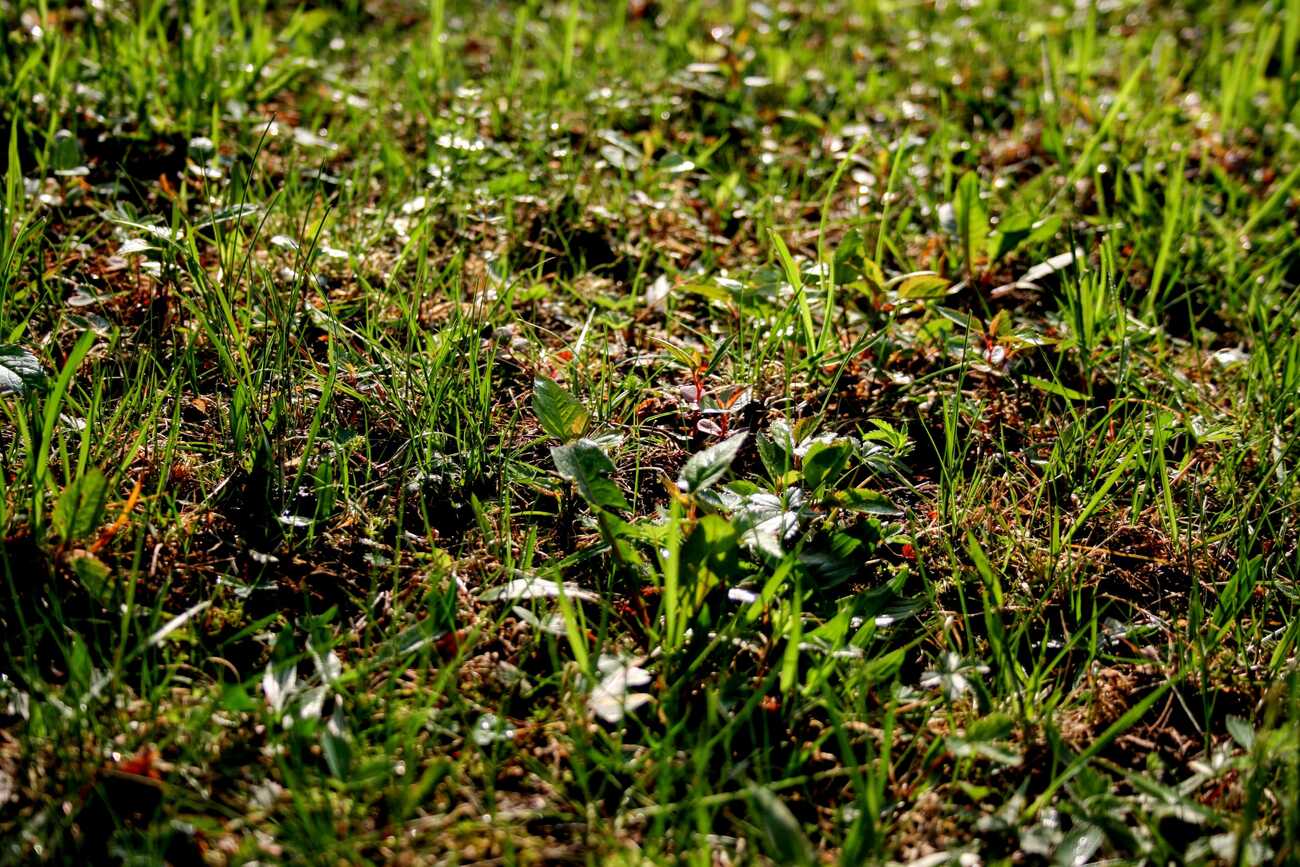

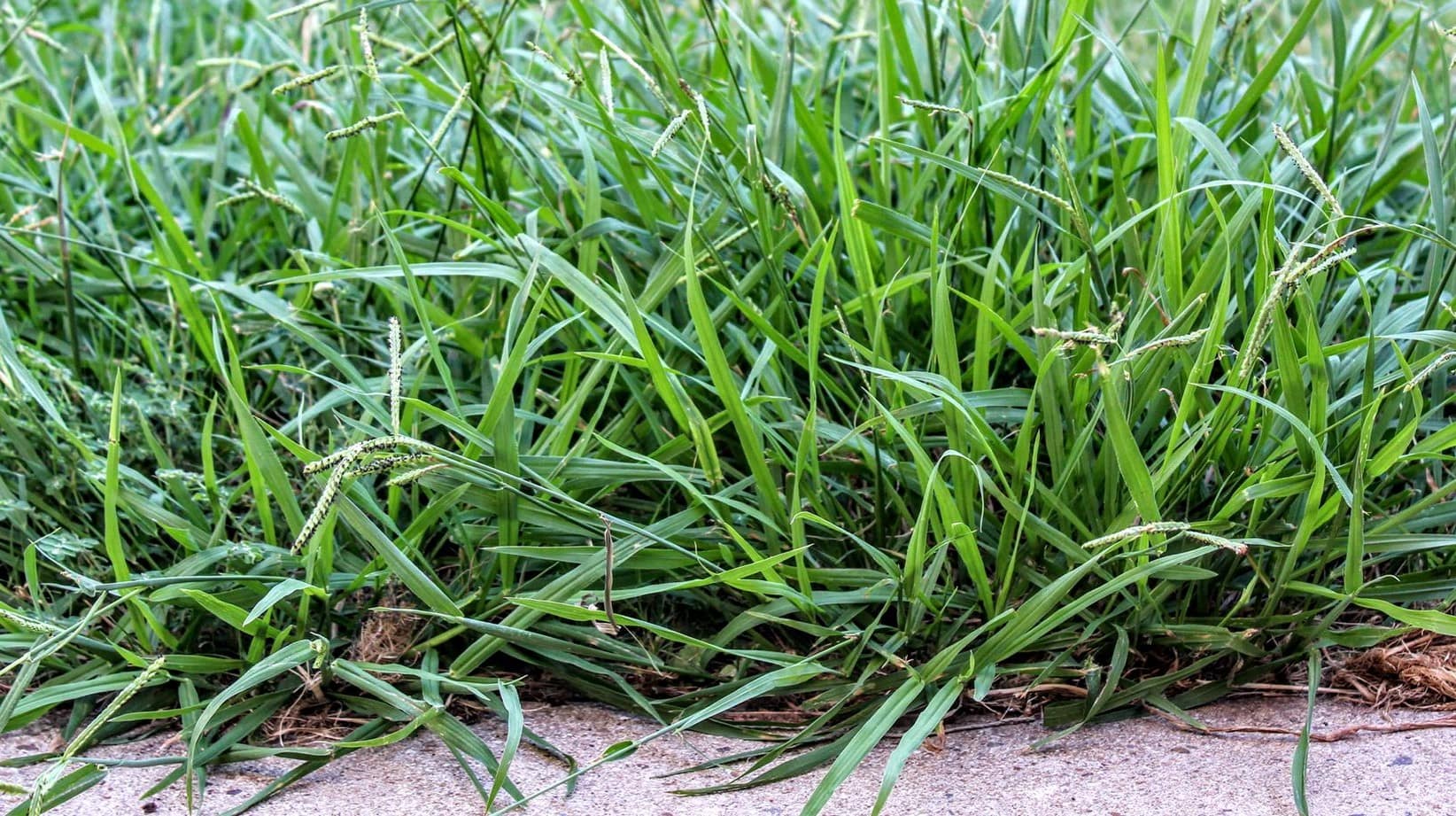
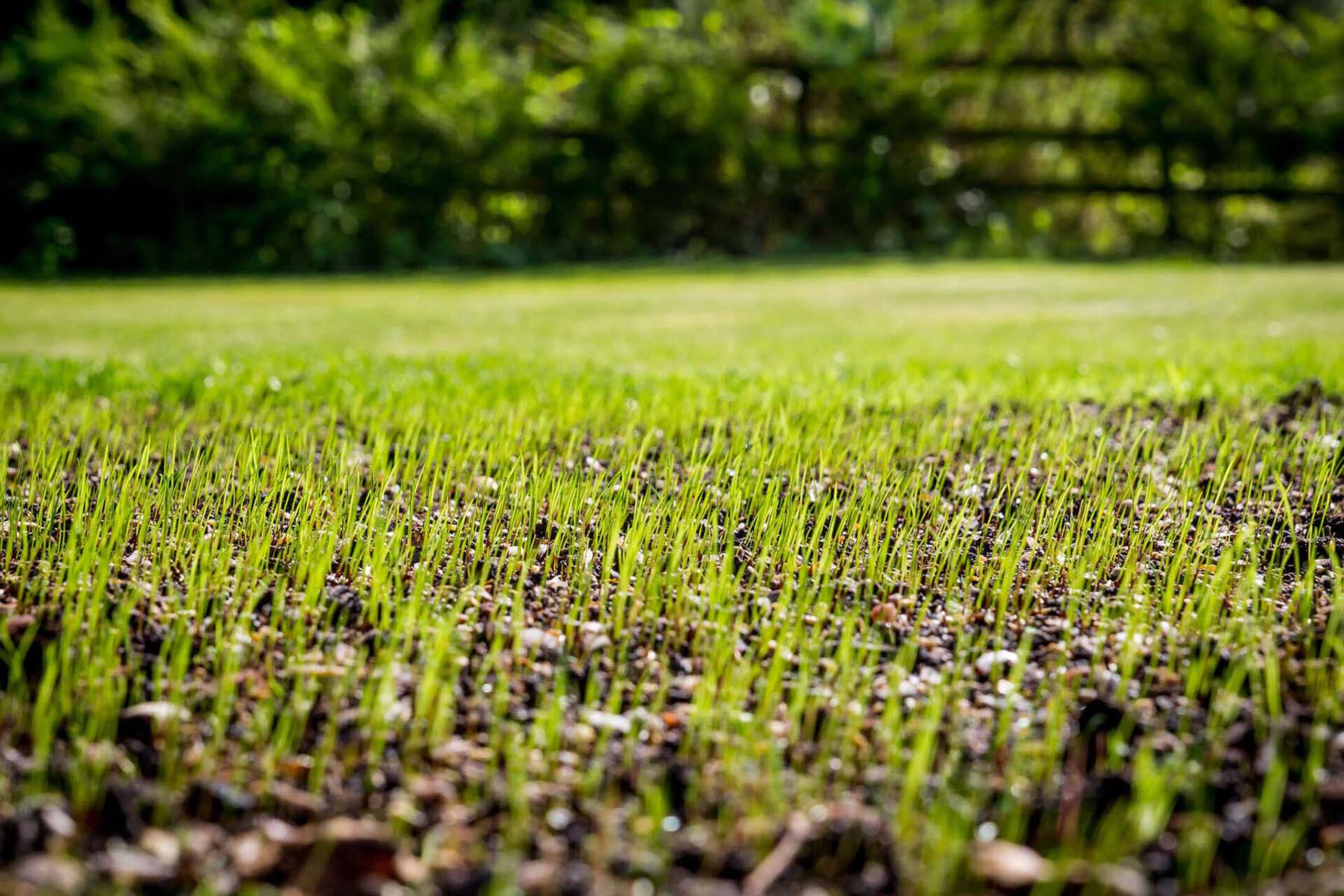

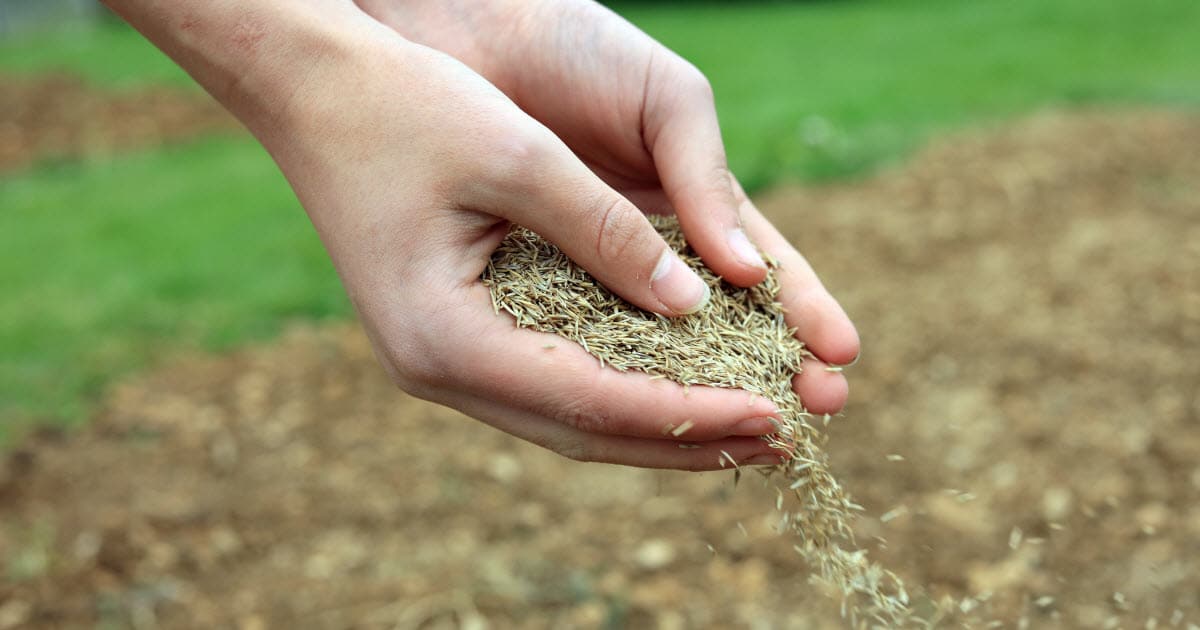

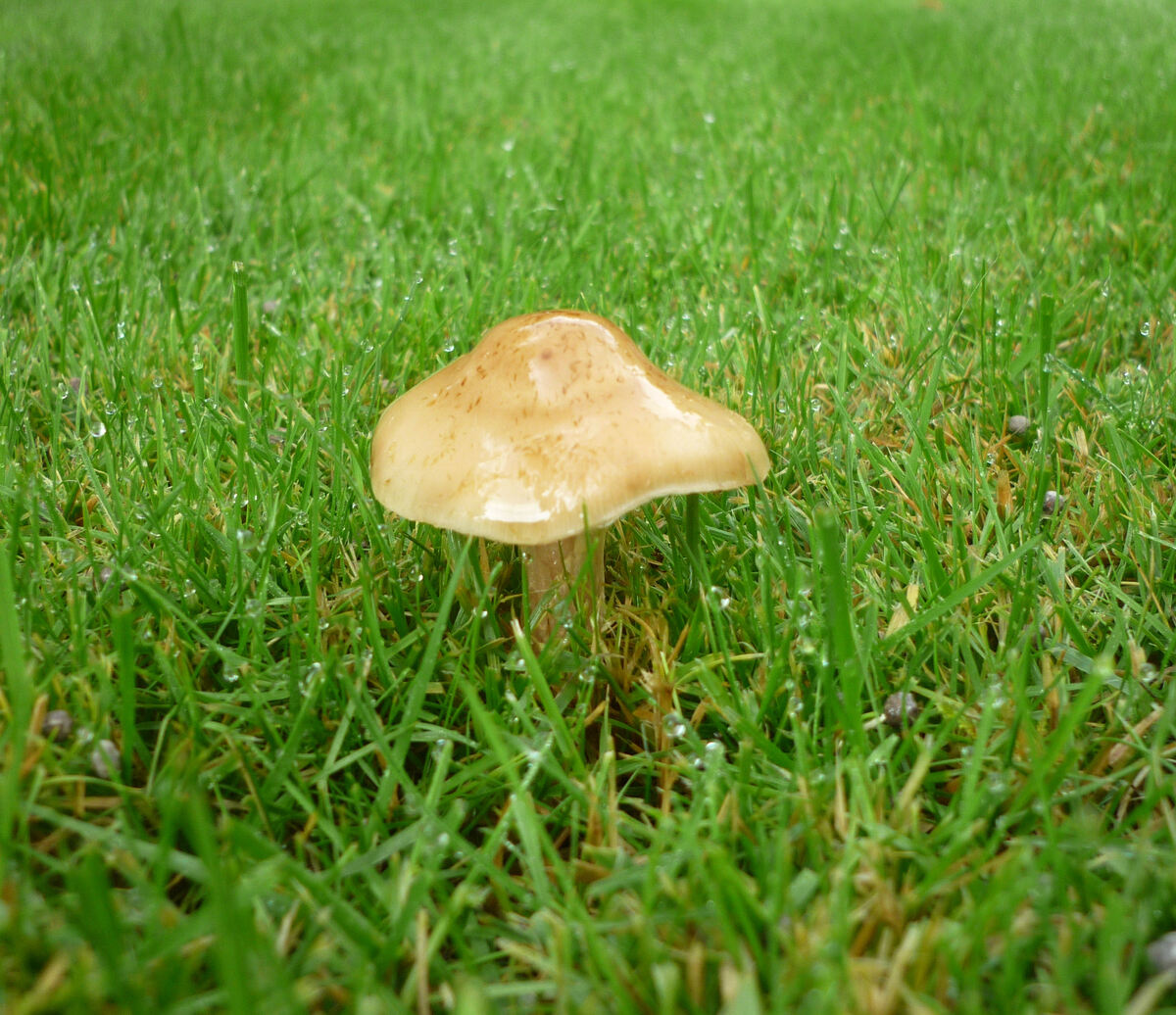
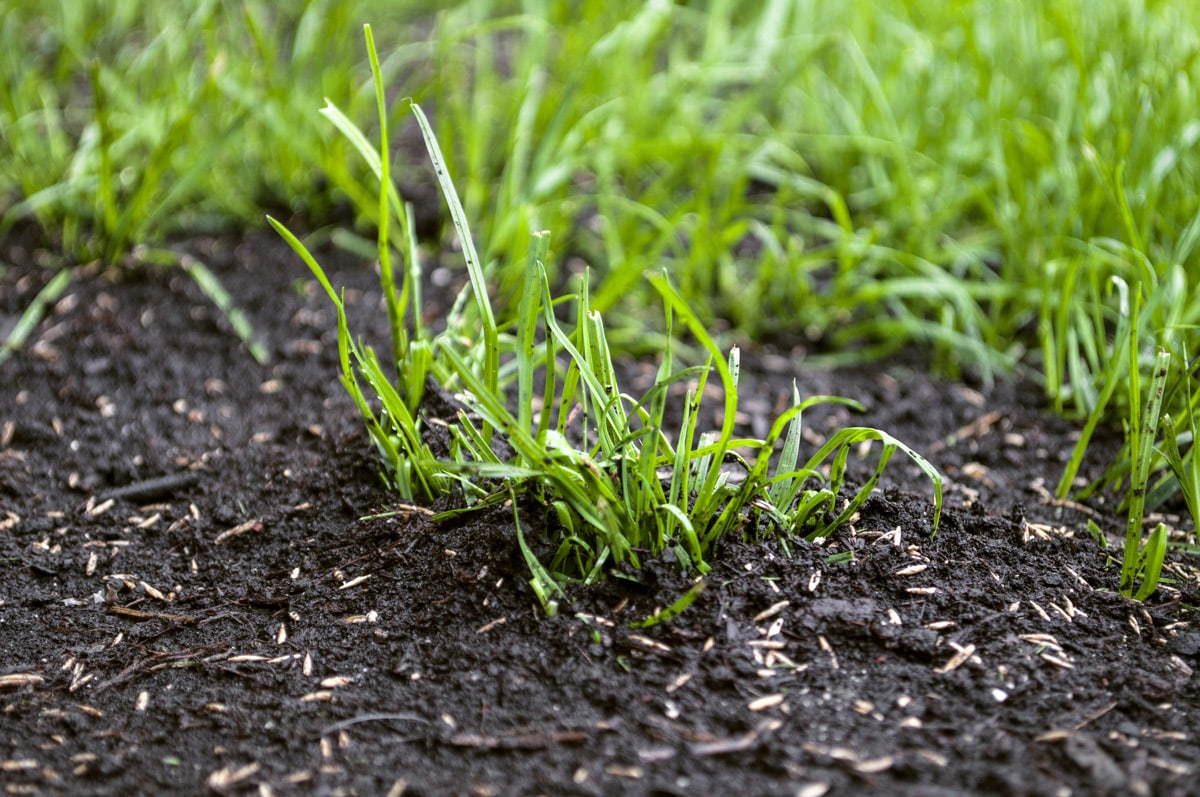
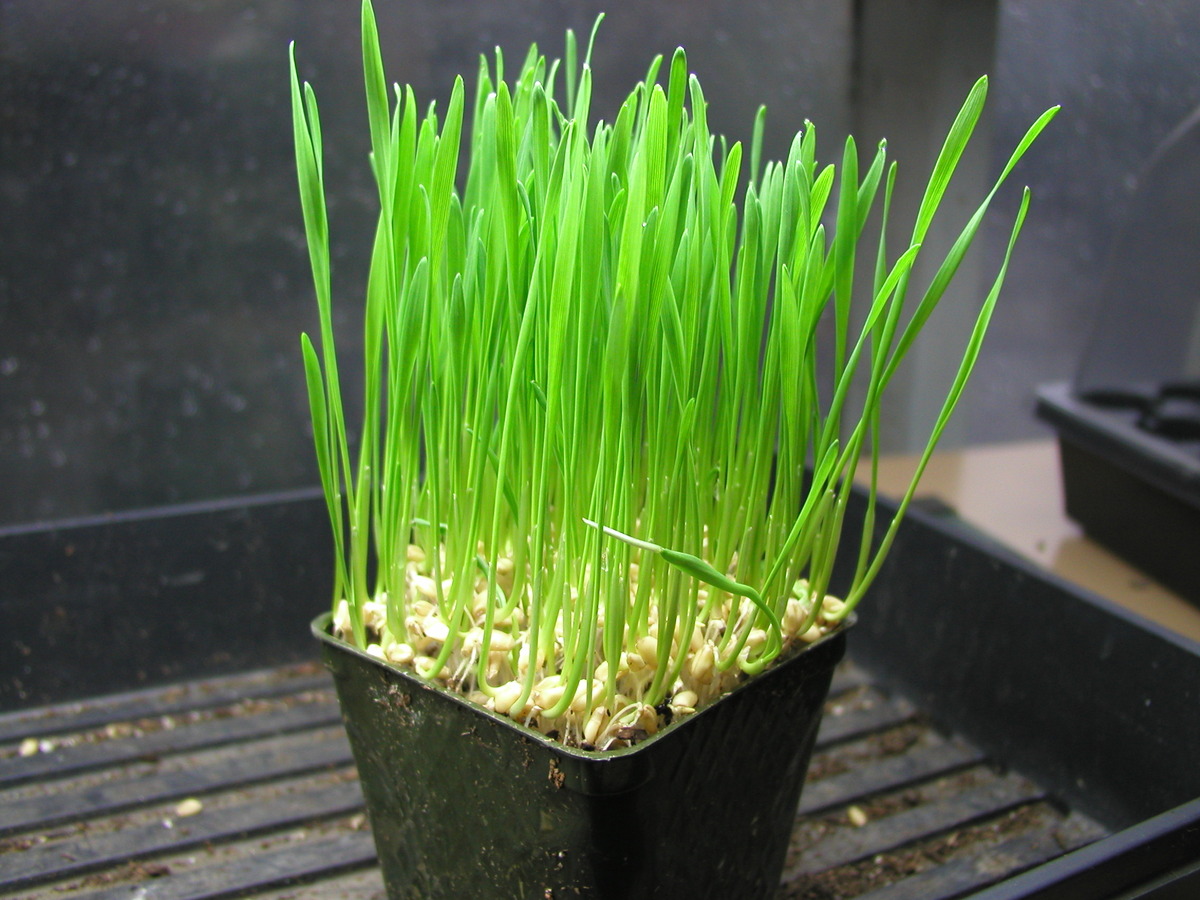






0 thoughts on “Why Does Rainwater Make Grass Grow Faster”